Nestled around 600 miles off Ecuador’s coast, the scenic Galapagos Islands were once hiding beneath the Pacific Ocean’s cloak. Millions of years before its discovery, it was a refuge of rare plants and wildlife and until now, it is host to land and marine species native to the archipelago. Thanks to early explorers who traveled to the end of the earth, the Galapagos Islands did not remain a secret.
The Galapagos Islands made its grand debut when Charles Darwin published his book, On the Origin of Species. Prior to his study, Darwin stepped foot on the islands and spent 5 weeks studying its natural flora and fauna. Today, the Galapagos Islands need no further introduction as it is a world-renowned tourist spot that once bagged the highly-coveted UNESCO World Heritage title.
With so many qualities unique to these islands, there’s no need to wonder why many tourists want to explore its majestic shores. Ecuadorian or not, here’s a complete travel guide to the Galapagos Islands.
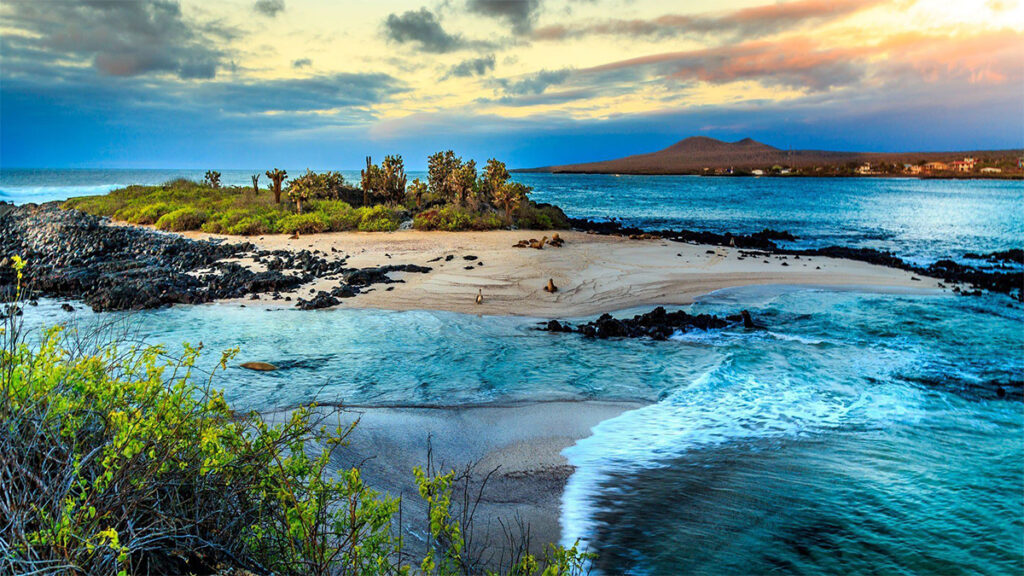
What to Expect When You Travel to the Galapagos Islands
Currency: US dollars
Language: Spanish is the main language in the islands, but most of its locals are able to communicate in English.
Modes of Transport Around the Islands: Galapagos may be off the grid, but you won’t have problems exploring its land and seascapes. Shuttle services are usually pre-arranged by touring agencies as you arrive and there are also boats and other modes of public transport in the islands.
ATM Machines and Credit Cards: When you go to the Galapagos Islands, make sure to bring cash to avoid any inconvenience in making transactions. You won’t see a lot of ATM machines here, but you can withdraw cash in San Cristobal and Santa Cruz. It’s also best to check if your booked hotel accepts credit cards as many of the establishments here use a cash-only policy.
Main Attractions: The Galapagos Islands boast extinct species that can be found crawling and dancing on its shores. The majority of its tourist attractions are National Parks dedicated to celebrating these species–something that every traveler should respect by following the rules and regulations implemented by the islands.
Plugs: Bring a universal adapter and a converter if you need to bring hair-drying tools. Plugs A and B that deliver 120V at 60 Hz are standard in the islands.
Travel Guide to the Galapagos Islands: Top Restrictions to Consider
What Not to Pack for Your Trip
The Galapagos Islands are known for their efficient wildlife protection program. When packing for your trip, make sure to avoid bringing seeds, fruits, plants, and live animals that will disrupt the natural habitat in the area. Anything with spores that can grow into a plant is considered non-native, and is, therefore, a threat to the islands. So before you make your stop, make sure to clean the soles of your shoes, along with camping gears that can host spores and plant seeds.
What Not to Do on Your Trip
Smoking is strictly prohibited in the islands, so it’s best to check if there are designated smoking areas on your live-aboard boat. Also, most national parks in this breathtaking Ecuadorian province abide by rules and regulations that ensure the safety of its natural flora and fauna. As a traveler, you should:
- Maintain at least a two-meter distance to any wildlife
- Strictly follow marked trails
- Avoid vandalizing its walls
- Avoid smoking, drinking alcohol, or making any campfire
- Take pictures without a camera flash
- Avoid introducing foreign elements and removing natural elements from the islands
- Resist the temptation of feeding or touching any animals in the area
- Practice eco-friendly garbage disposal methods (eg., classify trash and do not litter)
Protected areas in the Galapagos Islands are restricted to travelers. You can only get access to these areas if you have a specialized guide with you. If you’re backpacking, you can set up your tent only in designated camping sites. Make sure to hire an authorized agency that can give you a complete travel guide to the Galapagos Islands to avoid delays in your tour.
How to Get to the Galapagos Islands
There are two ways to get to the Galapagos Islands: by boat or by plane. The decision to go for either of the two greatly affects factors like budget, time management, and island access. To help you choose wisely, we’re going to compare these two transport modes and their impacts on your entire trip.
Traveling by Sea
The Pros
Hopping aboard a cruise ship is undoubtedly the best way to get exclusive access to some of the best islands in the province. Basically a two-way ticket to a hassle-free, all-inclusive holiday experience on the island, a cruise ship is complete with travel itineraries that can help you get the best out of your tour.
The Cons
While going on a cruise ship grants you comfort and convenience, it is more expensive than getting to the islands by land. Plus, you are bound by the cruise’s itinerary, so you won’t get that sense of freedom, especially if you want to extend your stay on these islands.
Cruise Itineraries
As in other types of cruising experiences, travel offerings may vary from one ship to another. Typically, a cruise to Galapagos Islands lasts from five to eight days, with routes regulated by the Galápagos National Park. To strengthen crowd control, ships have alternating weekly schedules that allow you to explore either the southern or northern (also called western or eastern) parts of the islands.
The best thing about booking a cruise: you get plenty of time on and off-shore without feeling rushed. You don’t need to worry about renting a taxi or a boat to jump from one island to another. The ship will take you to the best spots while you sleep soundly in your cabin. And aside from giving you breaks in between tours, many cruise ships also give you access to water and on-board activities.
Sightings
To maximize your trip, ask your touring agency about routing schedules, especially if you want to see native species. The most frequent sightings of the Galápagos giant tortoise, for instance, is at the beginning of the year, when they lay their eggs on the islands’ coasts. Hatching periods are from December to March, which is also considered a peak season in the province. By getting cruising information, you can choose the best dates and routes that will lead you closer to seasonal Galapagos water species.
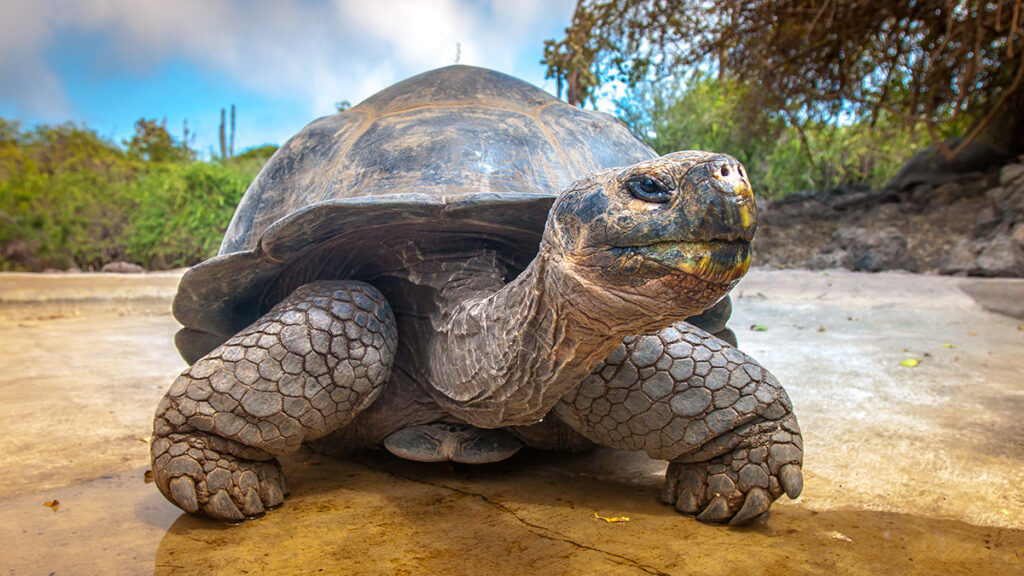
Boat Capacity
Luxury cruise ships like the Quasar Grace Yacht and the Ecoventura have a limited seating capacity, with some of their lines only allowing the entry of 16 to 20 passengers. While these cruise lines cost more, they give you more freedom and flexibility. The transfer from boat to rubber dinghies, for one, is faster because there are fewer passengers. And the best part: some lines may even agree to extend your trip if everyone on the cruise is up for it.
Larger vessels, on the other hand, allow up to 100 passengers, so you can bring your best travel buddies on board if you want to travel in a larger group. Less expensive and filled with amenities, ships like the mega-yacht Celebrity Xpedition offers a diverse entertainment and dining experience. But since you are traveling with 100 other guests, it can be easy to lose sight of some of the islands’ magical landmarks. The bigger the crowd, the less solemn your trip can become. So if you want some solo time, booking a smaller yacht is the best way to go.
Both small and large vessels have their unique offerings to tourists. Before booking, don’t forget to compare cruise rates, inclusions, and amenities.
Specialized Cruise Ships
If you are an intrepid scuba diver who wants to explore deeper into the Pacific waters, you can find specialized yachts to Galapagos. Exclusive ships such as the Humboldt Explorer, Galapagos Sky, and Nortada sail further into the north for fearless underwater adventures. Seldomly-visited by other cruise ships, the north’s cold water is home to whale sharks, hammerhead sharks, and other deep-sea creatures. This cruise is only available for professional scuba divers, so if you’re not one, you have to get a license first.
Traveling by Air
The Pros
The advantages of flying to the Galapagos Islands is pretty obvious at this point: budget and flexibility. Unlike boarding a cruise ship, you have more control over the money you spend and the days you’d allow yourself to bask under the islands’ sun. By packing your bags and traveling with your own itinerary at hand, you can travel at your own pace and create great memories without worrying about other co-passengers aboard a cruise ship.
The Cons
Been wanting to explore this Ecuadorian archipelago but you’re slightly under budget? The only way you can do so is by booking a plane ticket from Ecuador. Two cities have opened their routes to the Galapagos Islands: Guayaquil and Quito. These routes will either take you to San Cristobal or Baltra, which is proximal to Santa Cruz and Puerto Ayora.
The Galapagos Islands are well-guarded and mostly inhabited. If you wish to forego the luxurious cruise ship, prepare to do your homework so you won’t miss out on important features of the islands. Also, get ready to sign some paperwork and undergo security measures once you land. Tourists are also subject to pay for a 20-dollar tourist card and a 100-dollar entrance fee, which go to the islands’ extensive conservation efforts. The biggest downside: you can lose time transferring from one island to another.
How to Travel to the Galapagos Islands by Air
Puerto Ayora is the main hub for tourists, so it’s wise to fly straight to Baltra to cut travel times by boat. Also, most day tours start at Santa Cruz so it can be a bit impractical to fly to San Cristobal unless you want to explore this island first.
In terms of flying arrangements, most flights from Quito have stopovers to Guayaquil, which is located nearer the Galapagos islands. Given the option between flying from the two cities, your best option is to book a flight from Guayaquil.
Where to Book Your Stay
Our travel guide to the Galapagos Islands would never be complete without hotel booking information. While the province is made up of 20 islands, only four islands offer housing arrangements for tourists: Santa Cruz, San Cristobal, Isabela, and Floreana.
Being the drop-off points of those who travel by air, Santa Cruz and San Cristobal have a wider range of hotels and accommodation. If you want to save time jumping from one island to another, find a hotel near the harbor. Not only will this give you better access to boats, but it will also get you closer to the islands’ majestic seascapes.
Famous hotels in Galapagos include Pikaia Lodge, Finch Bay Galapagos Hotel, and Angermeyer Waterfront in Santa Cruz, while the unrivaled Golden Boy Galapagos, Casa Playa Mann, and Hotel Mar Azul sit in San Cristobal’s shores.
When deciding where to stay, set priorities. Then, compare hotels for pricing, location, and amenities. This will help you narrow down your options as you plan your trip.
Land and Sea Arrangements
Find a Hotel with Exclusive Touring Arrangements
Getting to Galapagos is one thing, but planning your entire trip is another. If you want to cut transport times and buy convenience without splurging on a cruise ship, you can turn to the next best option: book a hotel that offers exclusive boat arrangements.
Galapagos hotels like Finch Bay Galapagos and Pikaia Lodge have their own passenger-carrying vessels that can transport you to major highlights of the islands. By getting a touring arrangement before you arrive, you get both the flexibility and convenience you need without missing out on the islands’ top tourist spots.
Plan Your Trip to Puerto Ayora, San Cristobal, and Other Major Landmarks
Alternatively, you can book day tours in Puerto Ayora, which is located in the southern part of Santa Cruz. The center of activity for tourists, Puerto Ayora is rich in both natural resources and man-made amenities. From kayaking to diving to mountain biking, you can find a diverse range of activities in Puerto Ayora alone.
The best way to get to Puerto Ayora is to fly to Baltra. From there, you’d need to take a bus and ride a ferry to reach this energetic island.
If you plan to go to San Cristobal for your next stop, don’t miss out on its top-notch landmarks. From Santa Cruz, you can book a ferry that will lead you directly to this famous Ecuadorian island. One of our favorites is the La Loberia Beach, which is a prominent breeding nest of sea lions. Other attractions on the island include Kicker Rock and Lover’s Beach.
Everywhere you look, the Galapagos Islands offer you out-of-this-world views that are made even more beautiful by land and marine species native to this secluded paradise. A week is not enough to explore its beauty, but if you plan ahead of time, you can get the best out of your time and resources.
By Sea or By Air? Our Verdict
There’s no need to lie about the best way to travel to the Galapagos Islands. Turn it 360 degrees, sailing on a cruise ship will still be the most efficient way to explore its shores. With a cruise ship, you can have more time to make lasting memories. And oh, let’s not forget the on-board amenities, too.
But if you’re a backpacker like us who don’t mind the extra work, traveling by air also offers great opportunities. Aside from saving money, creating your own itinerary gives you a sense of freedom and fulfillment.
So when choosing between the two, set your travel priorities and tie it with your budget. Compare travel rates and set an allowance for emergency expenses.
When to Travel to the Galapagos Islands
Weather and Temperature: The beauty of Galapagos Islands is timeless, but you’d want to maximize your trip by making sure the weather is perfect for an all-day dip in the beach. The year-round temperature in the islands ranges between 69° to 84°F, with its dry season running from July to December and its warmer (and wetter) months starting from January to June.
Peak Season: The best time to travel to the Galapagos Islands is from December to May. Aside from weather conditions idyllic for hiking and water activities, you can also spot a lot of wildlife during these months.
Sightings of Rare Species: June to November, on the other hand, are also peak months for intrepid travelers who want to spot rare water species. During this time, the Humboldt Current brings cool, nutrient-dense water to this side of the Pacific Ocean, attracting penguins, albatrosses, and other rare marine life.
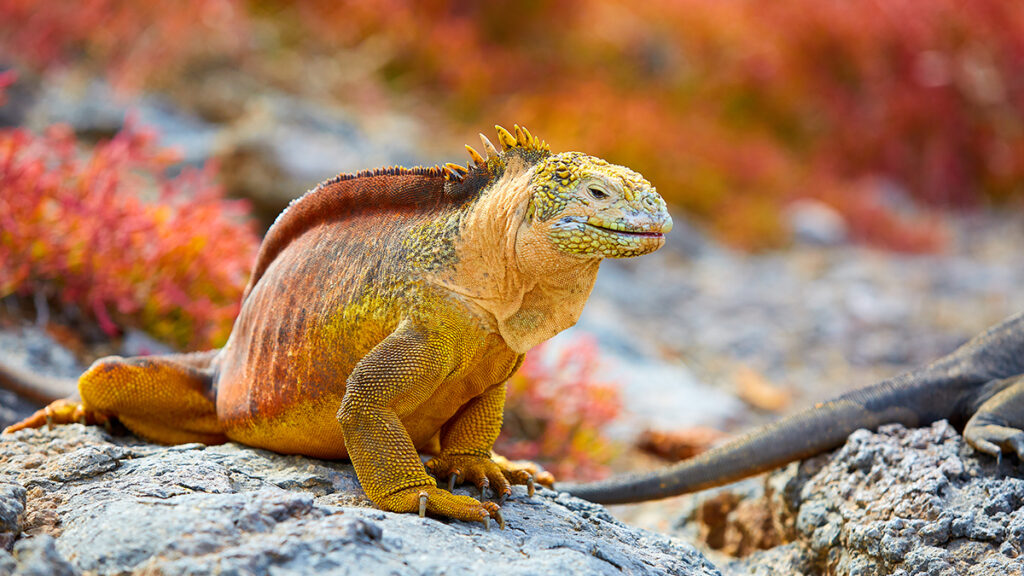
However, it’s important to note that this is also the windier (and colder) season of the year, which means you may experience rougher sailing conditions. But if the cold and the rough waves don’t bother you, this is also a great time to travel to the Galapagos Islands.
Booking Tip: Every travel guide to the Galapagos Islands has the same advice–always book your ticket in advance, especially if you want to travel there during the peak months. Aside from saving you money, an early booking secures you a spot to the islands. It’s no secret that Galapagos implements strict rules when it comes to habitat conservation. A part of that is limiting the number of tourists that enter its shores.
Packing Essentials
Pro-diver or not, you’d definitely need a packing travel guide to the Galapagos Islands, particularly if it’s your first time to pay this archipelago a visit. Local shops in Santa Cruz and San Cristobal can give you only a limited selection of beach essentials. Plus, the items they sell are much more expensive than local, store-bought ones. So do yourself a huge favor and pack these items before leaving for your trip:
- Emergency Meds: Whether you’re sea sick or not, it’s always a must to pack emergency meds, especially on a trip to a secluded island.
- Waterproof camera or dry bag: Protect your camera and other electronic device by bringing a dry bag wherever you go. As if the dinghies are not enough to splash water on your equipment, weather in Galapagos can be unpredictable so prepare for rain showers even when it looks sunny outside.
- Quick dry suits and rain gear: Bring quick dry suits that can protect you from a sudden downpour as you cruise around the islands.
- Flip-flops and hiking shoes: Flip-flops and hiking shoes don’t usually belong in one travel suitcase. But thanks to the islands’ scenic trails, you can now enjoy the best land and seascapes in one trip.
- Refillable water bottle: Plastic is always a threat to waterways. Before setting foot on the islands’ pristine sand, bring a refillable water bottle with you. And of course, always take your trash away from the shores and ocean.
- Goggles, fins, and swim masks: It would be a total miss to skip on the snorkelling activities in the Galapagos islands. Aside from its well-preserved reefs, you’d see a wide array of marine life here. So don’t forget to bring your snorkelling (or diving essentials) when you plan your trip.
Other traveling essentials such as sunscreen and swimsuits are already non-negotiable. When packing, always remember to travel light. Plan your OOTDs ahead of time and leave the extra shirts at home. The lighter your baggage, the more space you’d be able to make for souvenir items on the islands.
Final Thoughts
Home to rare species, The Galapagos Islands are a dream destination of many travelers because of its conservation efforts. Get there by sea or by air–it doesn’t really matter as long as you get there. And once you do, don’t forget to respect the islands’ natural habitat. As the good old saying goes, what we do to our earth today, our children will reap in the future.

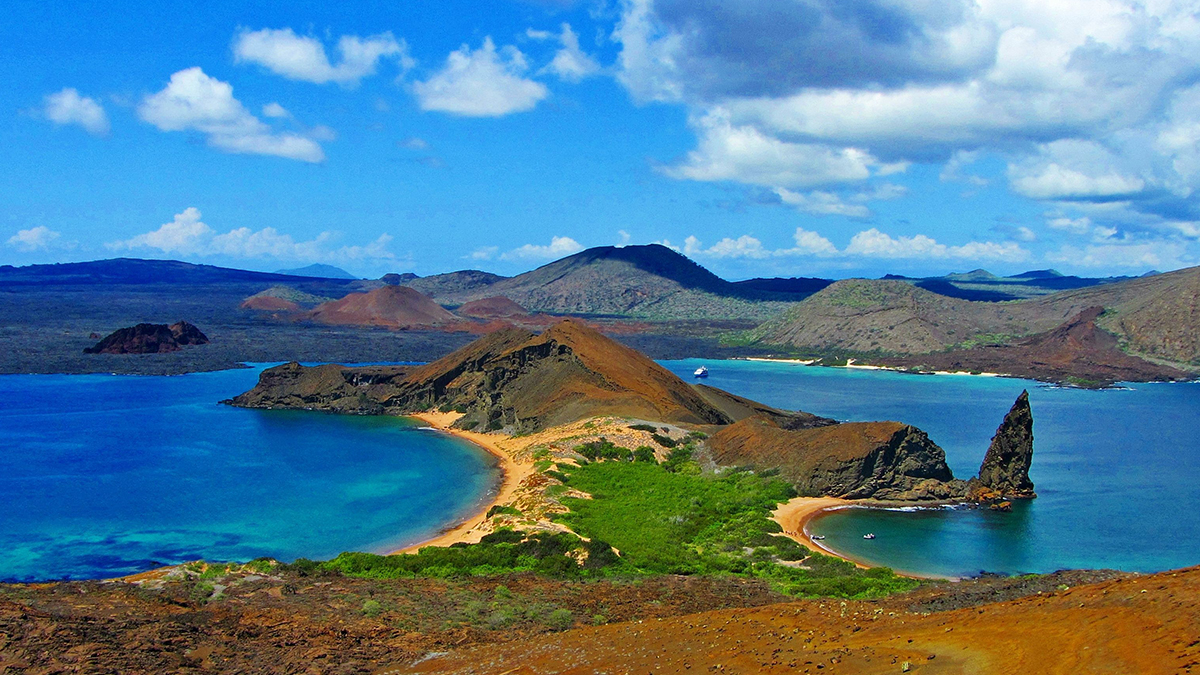

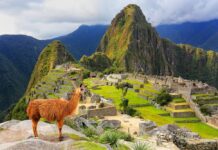






[…] techniques are being tested in the Galapagos Islands to clone the island’s giant turtles and in Russia, where blood was found in a prehistoric […]
Comments are closed.